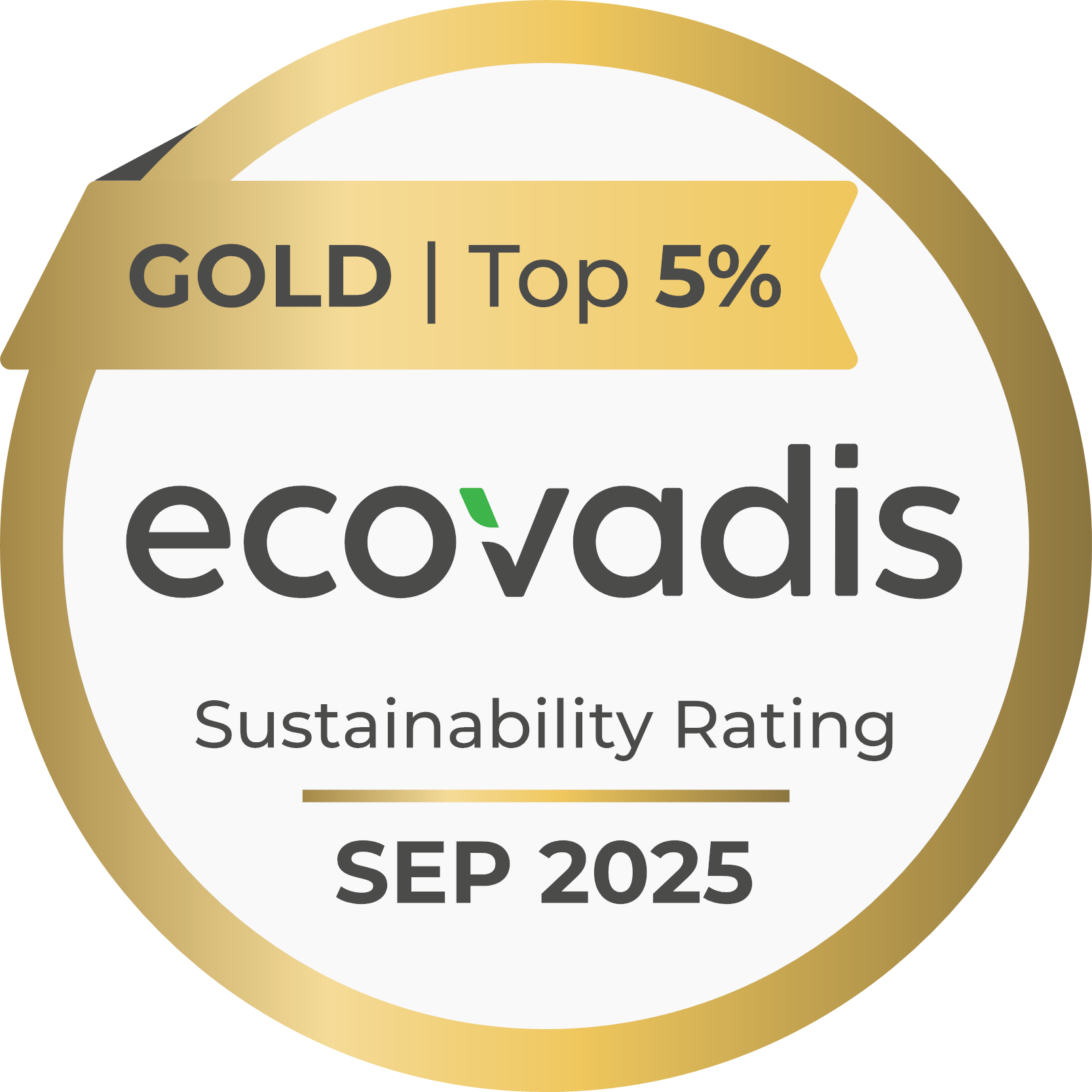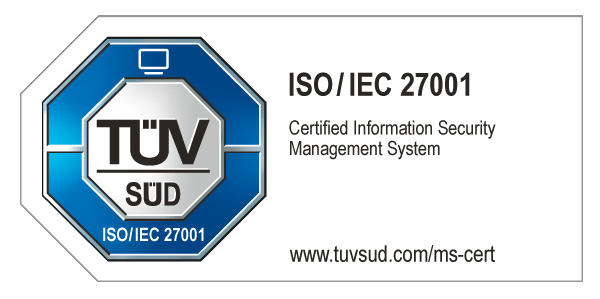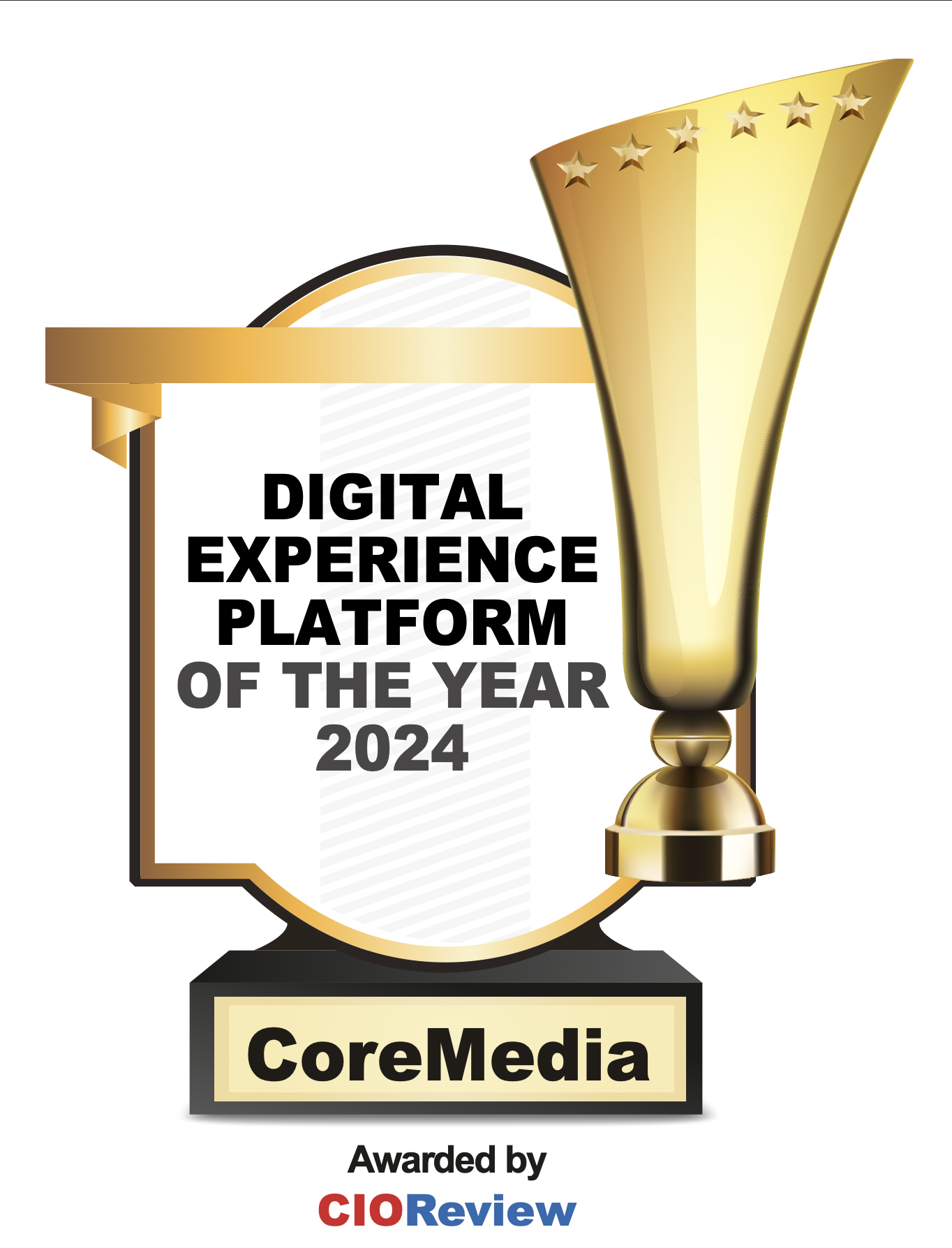Business today is rife with challenges. With both software and business requirements evolving at an ever-increasing pace, it can often feel like an impossible challenge to remain relevant in this ever-changing landscape. Your existing software solutions, so recently adequate or even state-of-the-art, soon become old and cumbersome. A new business demand - the ability to deliver your web content to a new digital channel, for example - may not be achievable using your existing system which, only a short time ago, was able to meet all of your organizational demands.
When both your business and technical teams are facing increasing demands on their time and resources, it can be difficult - or even impossible - to adopt new systems. Pressures on the business to produce immediate ROI on new investments can slow adoption, too. But the alternative is to simply stagnate on your existing software, reducing your productivity, while increasing time-to-publication and the ramp-up time for new employees.
The solution to this dilemma is to adopt an incremental, “grow-as-you-go” approach that will allow you to adopt new technologies more efficiently and cost-effectively. Your “time-to-go-live” can be reduced from years to months, or in some cases, weeks. ROI comes much sooner. And the drain on technical and business resources are reduced, as both testing and training cycles become shorter.
This is a significant advantage over “rip-and-replace” approaches that require you to put everything on hold while you roll out an entirely new software infrastructure. You can deploy your most urgent channels faster, without needing to replace your current processes and software for existing channels up front. For example, let’s say that your web channel is working well, but you don’t have an easy way to extend it to your store kiosks. Using an incremental approach can help you get your store kiosk up-and-running quickly, while you prepare to move your website over to the new solution in a later phase, once the most critical project drivers have been addressed.
This leads us to the main topic of this blog post: how an incremental approach to software deployment is the most effective way to transition to a fully headless content delivery environment. Most Content Management Solutions handle everything from the editorial operations to the delivery of the final product (e.g. a website or a mobile app). But this isn’t your only option. There is another, far more flexible, delivery paradigm called “headless” content delivery. In this configuration, the CMS still operates in the traditional fashion for the content editors, but the actual delivery of content is handled by another system, which requests the content from the CMS programmatically.
Is headless right for you? For many teams, the decision is simple: do you have any immediate or near-term plans to deliver your content to Digital Out-of-Home (DOOH) Displays? Store Kiosks? Native Mobile Apps? Apple TV Integration? The list goes on. And the more display options you need to support, the more you will benefit from headless delivery. The good news is that CoreMedia has been designed from the ground-up to be a true Omnichannel delivery solution and can, therefore, help you evolve incrementally and cost-effectively to a true headless integration environment.
In technical terms, this is accomplished by delivering JSON over a set of RESTful APIs. JSON, formally “JavaScript Object Notation,” is a format similar to XML that is designed to be a lightweight and flexible way to exchange data. In a headless delivery scenario, this is usually raw content data, such as text and pointers to images, etc. (i.e. content without formatting). This frees you up to transform the transferred content into any desired device format on the delivery side. Have an in-store Kiosk? A digital display wall? An airport television screen? No problem. The consuming application can format the data in any way it wants. But the content remains the same and can be shared quickly and efficiently across all channels, without unnecessary replication or manual reformatting.
The primary advantage of a headless approach should be pretty obvious: omnichannel delivery to non-web channels. But presumably, you still want to delivery your web channel as well. After all, the strongest benefits of a CMS are only realized when content reuse is at a maximum. If this is your situation, then you may want to go with a partial headless approach. In this scenario, CoreMedia can drive the presentation layer on your web channel while you deliver other channels from a separate headless repository. Another option is to use your own delivery layer to display headless content from CoreMedia. You can build an entirely new delivery layer or reuse a custom delivery layer that you’ve already built. Either way, we’ve got you covered.
However, you want to deploy your headless content solution, it’s incredibly important to roll it out in an incremental way. The “grow-as-you-go” approach puts your organization in control of priorities, project timelines, required resources, and risk. Risk is mitigated by limiting the scope of the project to only those channels that you want to add or augment. That store kiosk or Digital Out of Home (DOOH) advertising display we mentioned earlier? You can deploy them without jeopardising the core (likely transactional) business on your website.
As you can see, a headless approach to content management and delivery can provide significant benefits in a wide range of business situations. Maybe it’s the best choice for your business as well. Let’s have a conversation and see if it’s right for you. Please visit https://www.coremedia.com/ today to get further information on the CoreMedia platform and set up a conversation.








